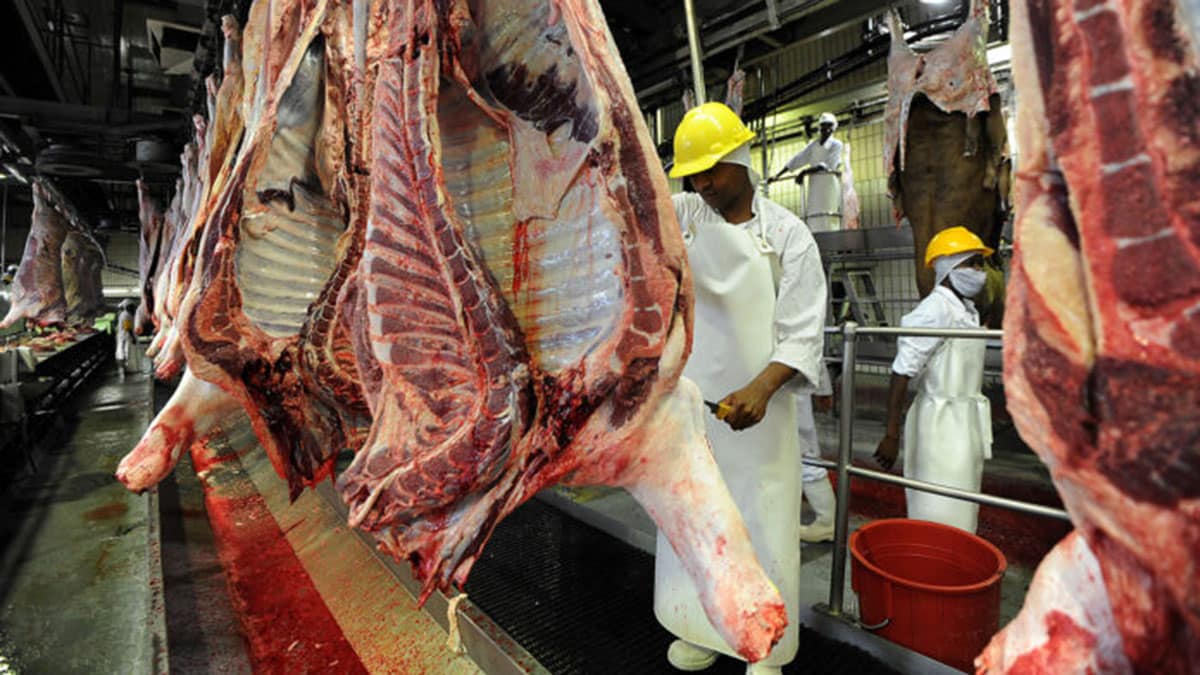*2022 – P99.9 billion P102.9 billion
*2023 – P87.6 billion P77.7 billion
Although their sparkle is not as bright as it once was, diamonds continue to prove their worth to the country, dominating the list of exports.
The precious stone was responsible for 79.3 percent of Botswana’s outgoing commodities, raking in P61.6 billion for the nation.
In total, BW’s exports stood at P77.7 billion.
This marks a significant drop from the P102.6 billion raised in exports in 2022, a year in which diamonds raked in P89.3 billion on their own – way more than the total exports managed in 2023!
Following diamonds on the downward trial were: live cattle, vehicles and transport equipment and gold, which all dropped in value.
Meanwhile, copper and nickel, meat and meat products, textiles and salt and soda ash all grew in export value.
Going the other way, the country splashed out P87.6 billion on incoming goods, slightly less than the P99.9 billion import bill from the previous year.
Diamond imports, which accounted for 14.8 percent of total merchandise imports, decreased by a record 52.5 percent, from P27.3 billion in 2022 to P13 billion in 2023.
Fuel imports also fell by 2.2 percent from P18.3 billion to P17.9 billion, mainly due to a decline in international crude oil prices.
According to Botswana Chamber of Mines (BCM) Senior Projects Manager, Joseph Ramotshabi, local manufacturing is critical in securing Botswana’s economic future.
“Our wish is that one day we will be a net exporter of most of the commodities manufactured in Botswana. We believe that at some point, we will reach a stage where we can survive on the export market even when the minerals have declined. It is important to showcase Botswana’s capabilities through production of industrial gases like nitrogen and oxygen, which the country used to import. We established a project that is now producing those industrial gases locally, and now we are a net exporter,” revealed Ramotshabi, who remains confident other locally produced products will also reach international markets.
The BCM boss was updating the media ahead of the second edition of the Local Manufacturing Summit Botswana scheduled for 6 – 7 August.
The summit is imperative to a change in the economic landscape with efforts to increase the manufacturing sector’s contribution to at least 11 – 12 percent by 2030.
Currently its input to the local GDP is 5.6 percent.







